Rain hose Irrigation
Grekkon Limited is the commercial pioneer of rain hose irrigation kits in east Africa, and is the largest supplier and installer of rain hose systems in the region. This is done through the company’s 7 branches countrywide in Nairobi, Mombasa, Kisumu, Eldore, Nyeri, Meru, and Nyahururu. Before installing a rain pipe irigation system in a farm, we conduct a site visit to assess:
- the water volume available
- crop acreage
- crop type
- land dimension
- farm topography and lay out
This is the information that guides us on the design of the irrigation system to set up. If the water volume for instance is low, we recommend a more water efficient method such as drip irrigation. Alternatively, we’ll advice on a water harvesting technique to increase the water volume
What is a rain hose irrigation system?
Rain hose systems are a new overhead way of watering crops intensely under moderate pressure. Each kit has a 100M long linear low density polyethylene (LLDPE) pipe as the main accessory. The pipe is sequentially perforated at determined intervals using Nanotechnology to create tiny holes from which crops are irrigated. This technology ensures even water flow from every hole
What are the other components of a rain hose kit?
1. End-caps. They close the end of the pipe to prevent further water flow
2. Starter off-takes. They connect the rain pipe to the PVC or HDPE main line that supplies water to the rain hose from a water pump or highly elevated water tank
3. Pipe connectors. To connect one rain hose pipe to another
4. Mini valves. To control water flow to the rain hose pipe
The diameter of the pipe are; 25mm, 32mm, 40mm and 50mm. A grower chooses the preferred size based on crop water needs and area of irrigation. For instance, a farmer with 1 acre of the crop will comfortably water with the volume delivered through a 32mm rain hose pipe. Another grower with 5 acres will better irrigate with a 50mm rain hose pipe. An acre of crop uses 1,000 meters of 25mm, 800 meters of 32mm rain hose pipes, 600M of 40mm pipes, and 400M of 50mm pipes
What is the price of a rain hose irrigation kit?
| Diameter size |
Flow rate per 100M | Price in KES |
| 32mm or 1″ | 13 cubic litres per hour | KES 2,600 |
| 40mm or 1-1/4” | 16 cubic litres per hour | KES 5,800 |
| 50mm to 1-1/2″ | 22 cubic litres per hour | KES 6,800 |
Rain hose irrigation system requirements
- The system requires a pressure head of 30M, and above
- When using a water pump to power the rain hose irrigation kit, the discharge rate should be from 45 cubic litres per hour
- The rate of water discharge is determined by the diameter size, and number of pores on the rain pipe. For instance, a rain pipe with 5 holes per cluster discharges less water than the one with 7 holes in a cluster
- It irrigates in opposite directions at a radius of 3M for the 32mm pipe, 5M for the 40mm pipe, and 7M for the 50mm pipe
- The vertical height of this water jet is 1M
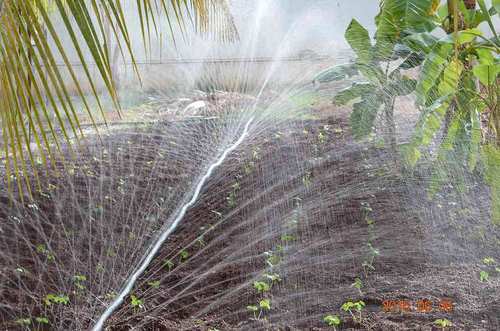
Irrigating a newly transplanted crop with a rain hose pipe
How to assemble a rain hose irrigation system kit
1. Lay the mainline
This is the pipe delivering irrigation water to the farm from the pump. Your mainline will be larger in size than the rain hose pipe. So if your rain hose pipe is 1” for instance, use a 1.5” or 2″ main or sub mainline
2. Connect to the mainline
Make a 1” insertion on the mainline and attach the off-take connector. The size of the insertion is as per the size of your off-take
3. Hose connection
Attach the rain hose pipe to the off-take connector
4. Hose to hose connection
Use the connector to attach one rain hose to another
5. End cap
Insert the end cap at the end of the hose
This irrigation system is used in the following areas and on these crops
- Crop nurseries; vegetables, fruit trees, forestry
- Short vegetable crops (knee-high and below); cabbage, lettuce, broccoli, kales, spinach, collards, broad beans, carrot, strawberry, and others
- Pasture; grass and legumes
When choosing the crop to irrigate using this method, consider its susceptibility to foliage fungal infections predisposed by leaf surface wetness. Tomato, potato, peppers, peas, green beans, and chili easily succumb to foliage fungal infections when overhead or a rain hose system is used for a long time

Pasture irrigation with a rain hose
Rain Hose Versus Drip Irrigation
- Rain pipes irrigate in an overhead fashion, drip lines irrigate to the root zone
- Drip tapes are water efficient, rain hose kits require large water volume
- Rain pipes have a higher pressure requirement than drip pipes
- Drip lines have emitters, while rain hose kits have pores done with nano technology
- The discharge rate for drip lines is 1.2 to 4 litres per hour per emitter, while the rain hose pore’s is from 7 litres per hour per emitter
- The cost of a drip kit installation per acre is from Kes 100,000, while the rain hose is from Kes 75,000
- The rain hose pipe’s minimum diameter is 25mm/ 3/4″, while drip tape’s is 8mm
Advantages Of A Rain Hose
- water saving and cost effective
- It is easy to install, use and maintain
- Ran hose nanotechnology punched holes are less prone to clogging
- It is used in a broad range of crops
- Rain hose pipes are light and easy to move about
- It irrigates uniformly
- It works under both low gravity and high water pump pressure

Grekkon limited is the largest supplier and installer of rain hose irrigation systems in Kenya, and in the east and central Africa region


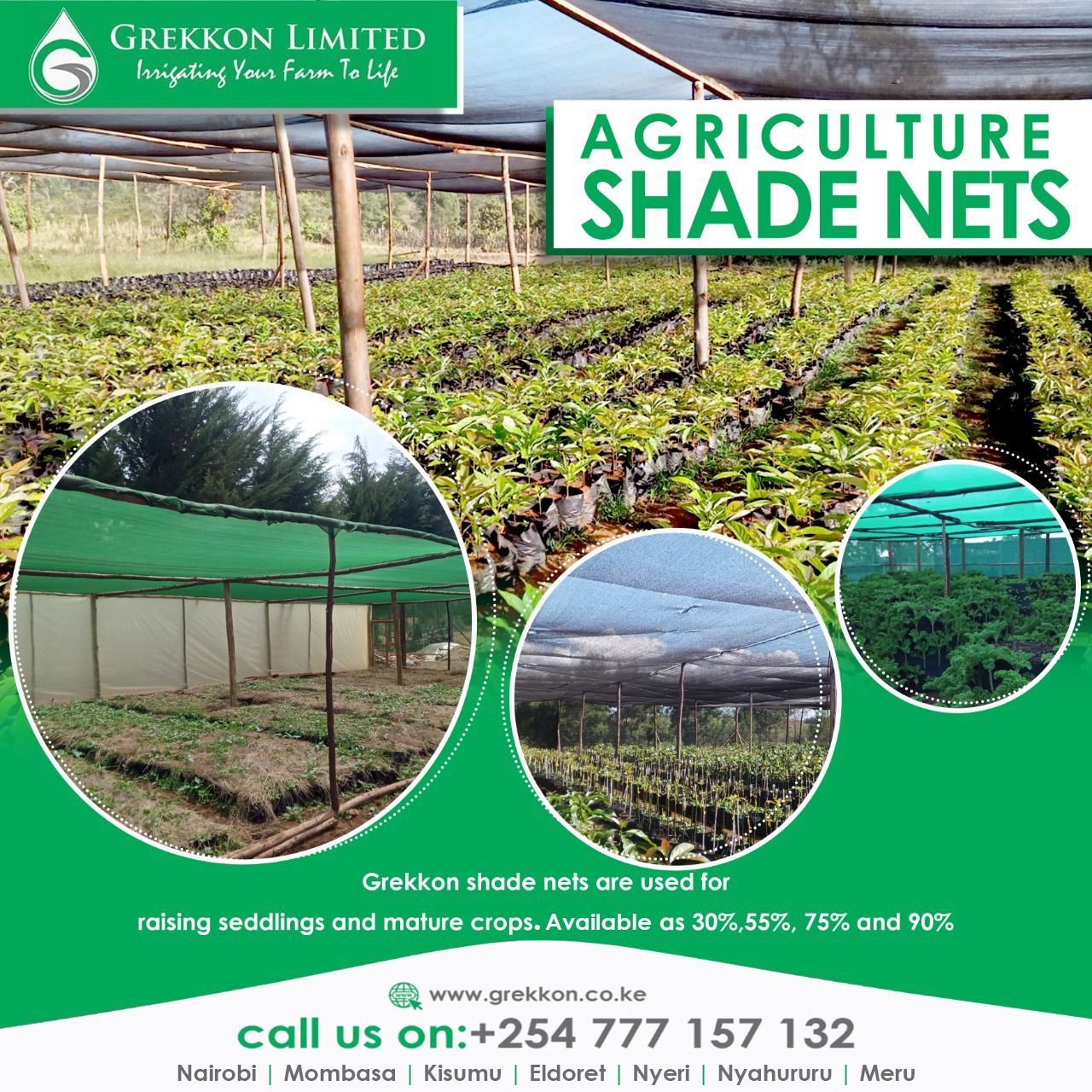
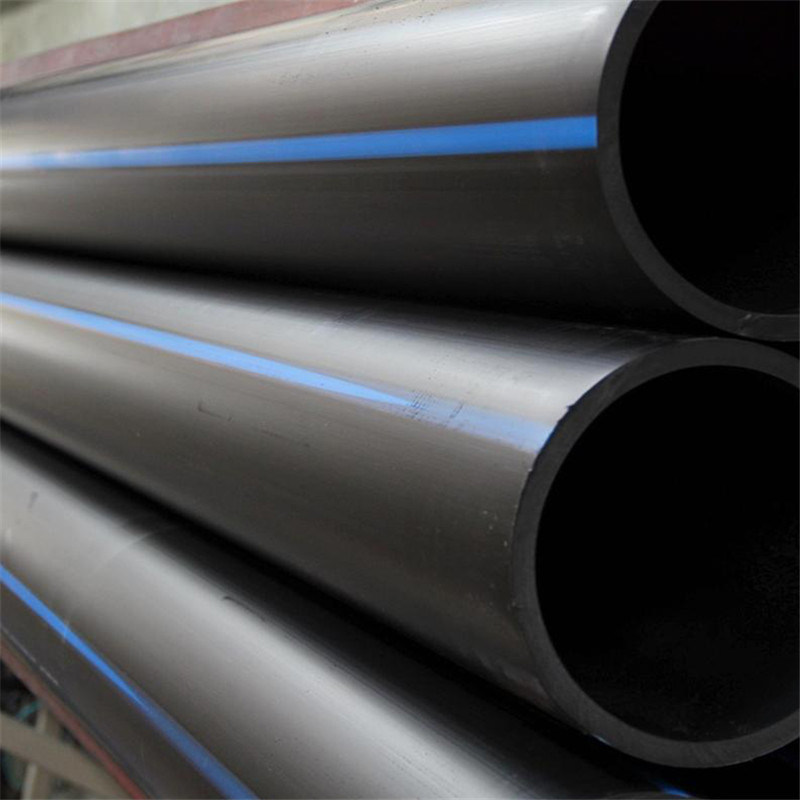
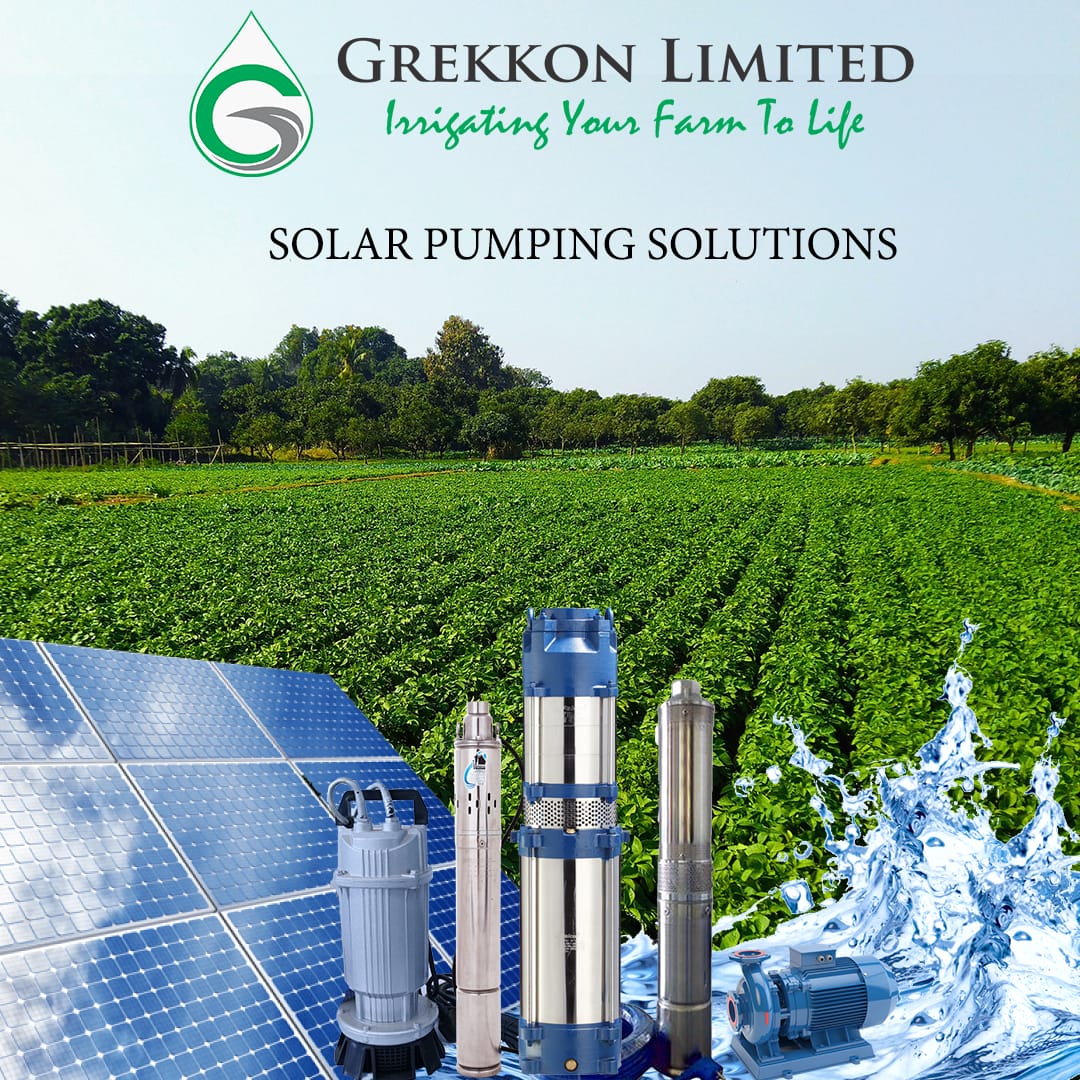
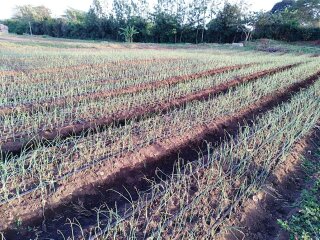
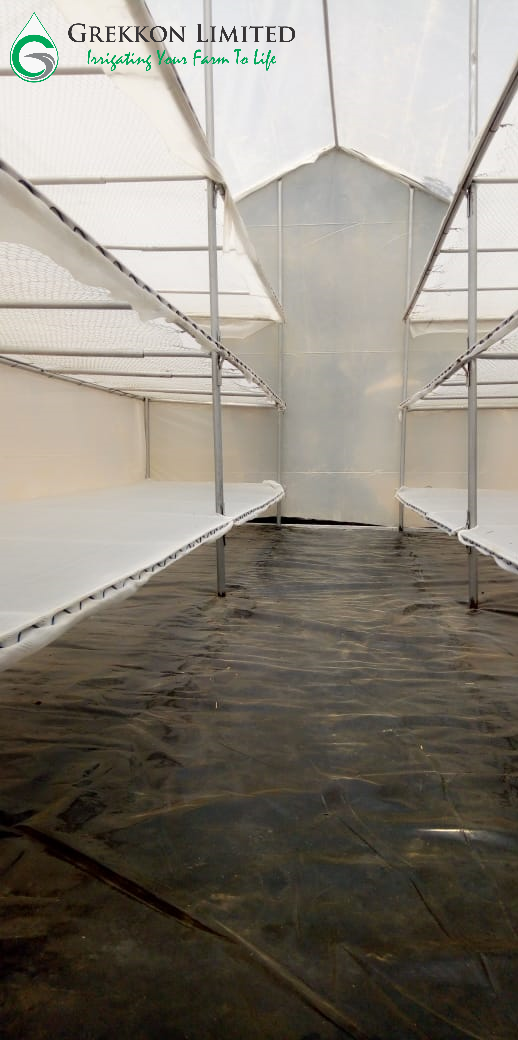
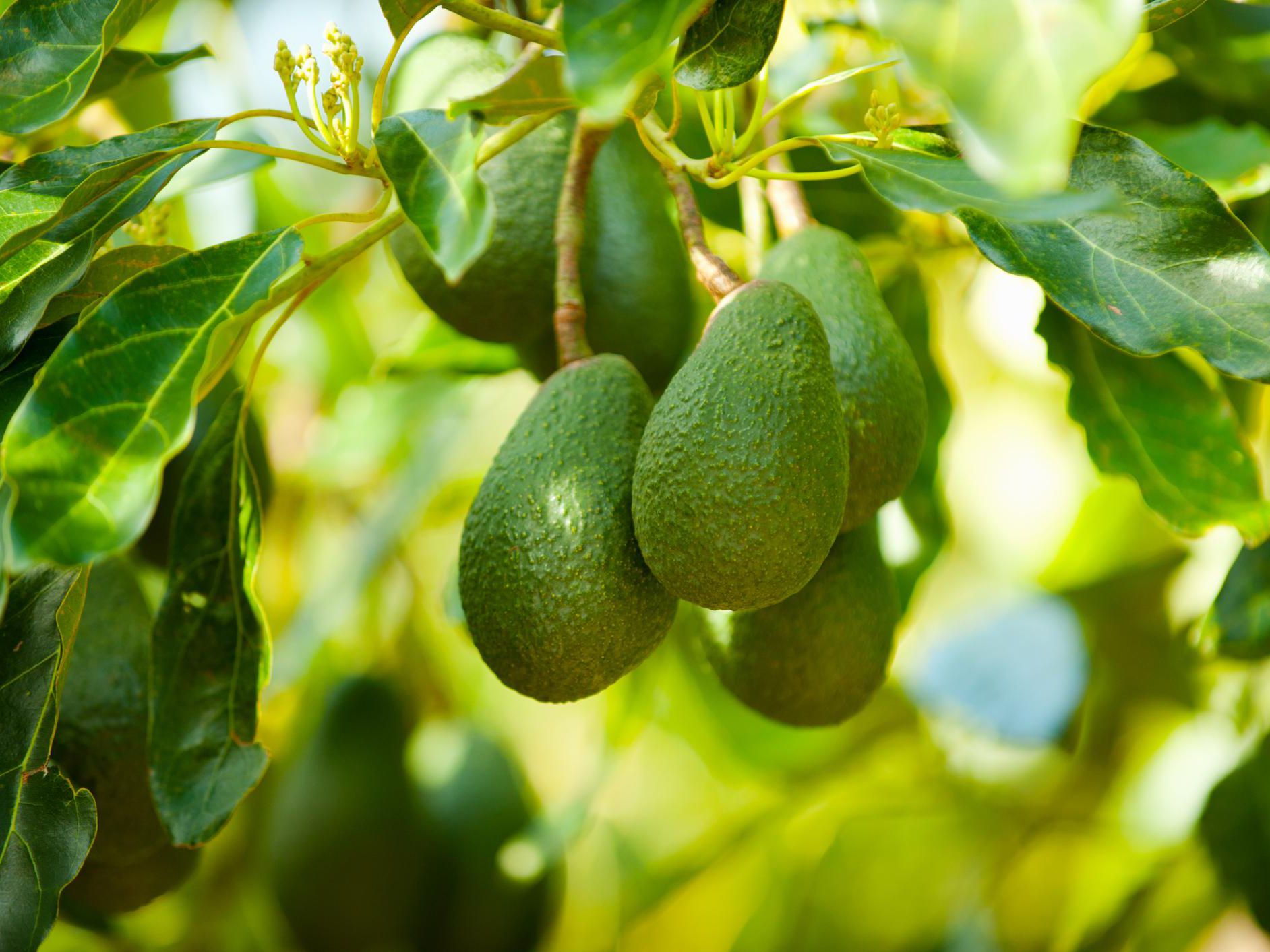
How much will be the cost of 1 to 2 acres?
Good morning Linda,
An axre is from Kes 70,000. This includes the cost of installation
Best regards,
Customer Service
I need one for 1 to 2 acres near Bukura, Kakamega. Kindly
Goor morning Linda,
This is available in our Kisumu or Eldoret office. Please email us your contact number on info@grekkon.co.ke or reach us in Kisumu on 0722 838 521
Best regards,
Customer Service
what is the required water amount to water 1/2 an acre of kales using rainhorse pipe daily
Good afternoon Joshua,
If the total land area is 1/2 acre, you’ll water every 2-3 days with 8,000L per session
Best regards,
Customer Service
Hello,
Can a rainmaker 2c kubwa solar powered pump 30M head be able to run raihorse system for 1/4 an acre?
Good afternoon Nelson,
What is the flow rate if that water pump?
Best regards,
Customer Service
what is the discharge of the 32mm rain horse pipe?
Good afternoon Emmanuel,
Our 32mm / 1″ rain hose pipes have a flow rate of 0.8M cubic/ hr
Best regards,
Customer Service
Am so interested in Rain Hose kit and i want it, so do you also send it to other countries in Africa like Malawi because am staying in Malawi but i want it.
Good afternoon Tchale,
Yes we supply our rain hose irrigation kit across Africa. Please email us the details of your required sizes
Best regards,
Customer Service
Am looking for 40mm how much can it cost?
Can you please send me your email address please
Good morning Tshale,
Please reach us on info@grekkon.co.ke
Best regards,
Customer Service
I want use for onion farming, is it possible?
If not possible, what’s the difference between it and rainfall that rains on onions and the onions that are grown during rainfall seasons
Good morning Peter,
Our rain hose kit for sale in Kenya is used for onion ptoduction too. Speak to any of our branches nearest to you on how best to procure it
Best regards,
Customer Service
Can the system be moved from one location to another? Suppose I have 3 potions with different crops can I use one system interchangeably?
Good morning Daniel,
Our rain hose kits in Kenya are portable. During installation, we create hydrants in the farm where the rain hose pipe is attached to irrigate a particular section, after which it is moved to the next hydrant to do the same
Best regards,
Customer Service
I need a rainhose tomorrow morning. I’m in Kikuyu town. 0722308603
Good afternoon Ruth,
We have the 50mm and 32mm diameter rain hose pipes for sale. Our commercial division will call you shortly
Best regards,
Customer Service
hae how many litres of water do i need to water 1/2 an acre of kales daily.with rainhorse irrigation?
Hi, I have 10 cent(4800 sq ft) home garden. Am thinking to do rain hose irrigation. Am planning to plant fruit trees, Timber trees, vegetable and flower plants. Ground water level is 15ft and motor pipe depth is 30ft. 1.5 hp motor is ok?? Is it ok to go for rain hose irrigation??
Good afternoon Kalidas,
Our home garden rain hose irrigation kit will serve you. Besides the motor size, share with us the water pump specs (flow rate and head) for us to guide you on the suitability of your water pump with a rain hose irrigation kit
Best regards,
Customer Service